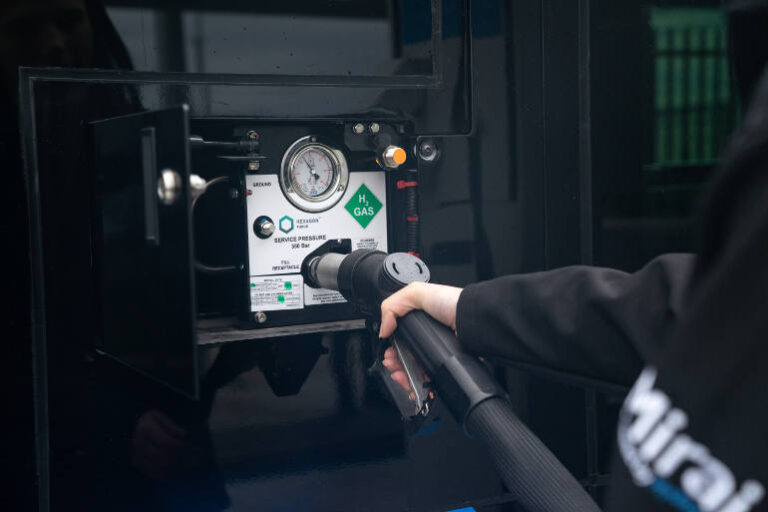One of the more interesting talks at the Megatrans 2022 conference in Melbourne was titled Net Zero: How industry will contribute to Australia’s sustainability targets.
“It is in fact an exciting time. And the reason for that is because there’s been a discernible change in the way in which people and companies think about sustainability. Until very recently, companies have tended to treat sustainability as a cost,” said Owen Webb, Australian-based special counsel for global legal firm HFW. “We’re now in this exciting time where we’ve got this great advance in the technology. We are almost at the point where that will be coupled with economic justifications.
“We see companies now publishing their sustainability goals, reporting to their shareholders, reporting to their customers, what they’ve done to sustainability targets. And we’re also seeing critically that finance is becoming contingent on demonstrating sustainability metrics.”
After that comment, the discussion centred on the role of hydrogen. Maybe that’s because the panel included the Australian Hydrogen Council’s CEO — Fiona Simons.
It also included Romesh Rodrigo, the senior vice president for regulatory affairs at OEM Daimler, which is trialling hydrogen powered trucks. Daimler is home of the Mercedes Benz, Freightliner and Mitsubishi Fuso trucks, which Rodrigo said account for one in five trucks on the road.
Rodrigo talked about Daimler’s collaboration with Volvo to develop hydrogen tech for trucks. “We have to choose a horse to back. It’s a gamble that we don’t obviously want to get wrong, but we have to invest.” The latest prototype uses liquid hydrogen, which has a higher density than its gaseous counterpart.
In a bid to fastrack hydrogen-drive development, and replace 100 years of traditional fuel-drive engineering, Rodrigo said collaborations are coming together because of the huge amount of investment required. He said Daimler’s plans were to start serious production of hydrogen-drive trucks in 2027-28.
Meanwhile, Simons said she was concerned about lack of urgency she felt was needed among Australian governments and policy makers to incentivise development of the industry.
“We need to act soon. We’re not going to be at scale for 10-20 years. What do we need to do today?” She said.
“It’s about policy with gusto to actually switch from an incumbent to something which is still in development, and there’s risks associated with that, but they are risks that no government can not take because they are the only ones who are responsible for public interest,” said Simons.
To be sure, a word of caution came from one of the world’s foremost advocates of renewable energy — Australian born engineer Saul Griffith, who renowns himself as an inspiration for the recent US legislation incentivising electric vehicle adoption.
Griffith told an Australian Financial Review sponsored energy conference in October that plans for hydrogen powered transport were a misadventure.
“I can’t say it harshly enough,” he was reported to have said at that conference, adding, “We have drunk the Kool-Aid and we’re about to squander a decade. If hydrogen works I will make more money than all of you because I built the hydrogen tanks that all of the world’s auto-makers have licensed.
Then he reportedly said: “I have shot large-calibre bullets into hydrogen tanks in the desert. I have watched them explode. I have owned two hydrogen cars. It was the scariest, most horrible experience of my life. I feel qualified to say a lot about hydrogen. I understand the physics and thermodynamics.”






